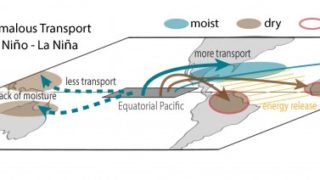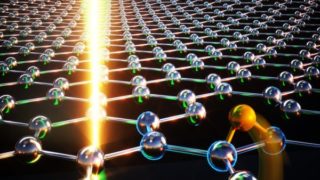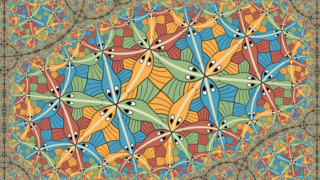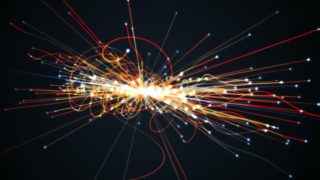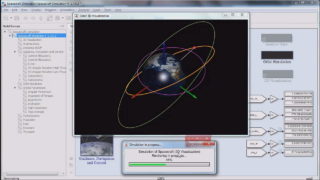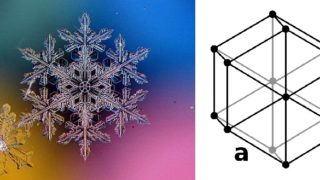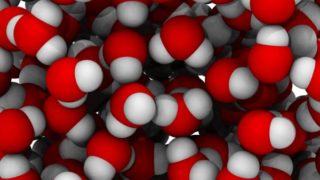
Machine learning to understand water’s liquid phases
Chemistry • Computer science • Condensed matter • Materials • Physics
Water has puzzled scientists for decades. For the last 30 years or so, they have theorized that when cooled down to a very low temperature like -100 ºC, water might be able to separate into two liquid phases of different densities. Like oil and water, these phases don’t mix and may help explain some of […]
